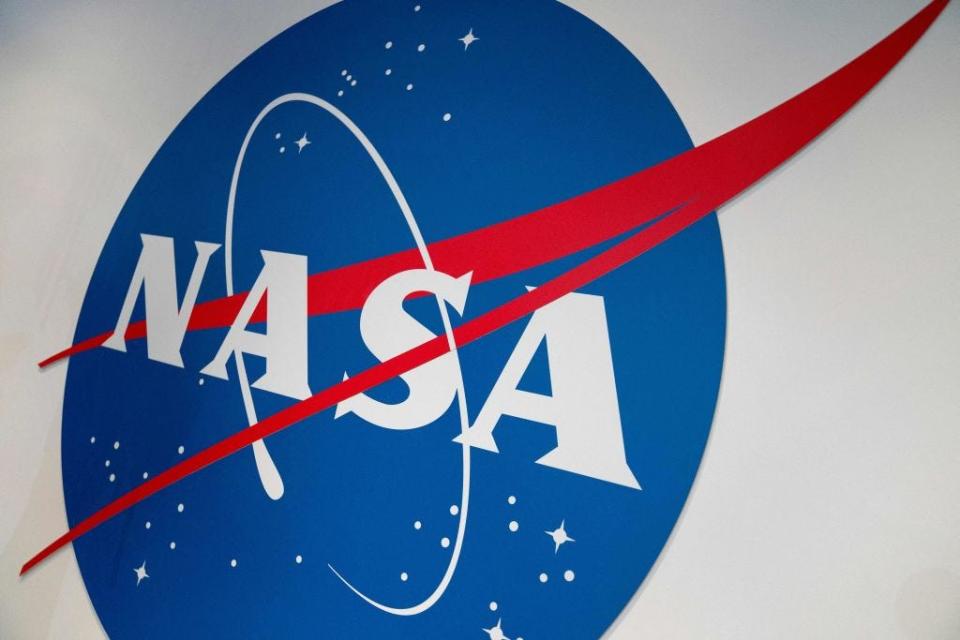Are we ready to face an asteroid that could hit Earth in 14 years? NASA sees work to do.
Is humanity prepared to face down an asteroid with a 72% chance of hitting Earth in 14 years?
Scientists and experts say there's work to be done.
When NASA posed the hypothetical scenario, devised by the Planetary Defense Coordination Office, to a group of nearly 100 government representatives, they found their plan to combat an asteroid hurtling towards Earth had several "high-level gaps," according to a NASA slide presentation. Space officials have "limited readiness to quickly implement needed space missions," and methods to keep the public informed about a looming disaster are not fully developed.
Of the participants, from federal agencies like the State Department and international bodies like the U.N.'s Office for Outer Space Affairs, 33% said humanity was not prepared to launch a space mission to prevent an asteroid from impacting the planet, and 19% said "reconnaissance missions" were not ready.
Kelly Fast, NASA's acting planetary defense officer, said the exercise helped government agencies to plan out how they would work together to prepare for a future asteroid strike.
"In the unlikely event we ever face a scenario like this, it won't be the first time that anybody's talked about how to treat this," she said.

More: Scientists probe a space mystery: Why do people age faster during space travel?
NASA runs fifth test to gauge asteroid preparedness
The exercise, designed to test government readiness for an asteroid headed towards Earth, was organized by NASA and the Federal Emergency Management Agency at an April meeting at the Johns Hopkins Applied Physics Laboratory in Laurel, Maryland, according to a news release. It marked the fifth test to gauge whether authorities are prepared to defend Earth from space. This year's exercise was the first to include "international collaborators on planetary defense."
In the hypothetical scenario, an asteroid collides with the Earth in 2038. The collision would have a 47% chance of affecting more than 1,000 people, and an 8% chance of affecting more than a million. It could strike a swath of cities across the U.S., Europe, and Africa, including Washington, Dallas, Madrid, and Algiers.
In the scenario, participants weren't told "the asteroid’s size, composition, and long-term trajectory," according to the news release. Further observations about the asteroid would also hypothetically have to be delayed by at least seven months as the asteroid passed behind the Sun – "a critical loss of time."
Even with years to prepare, agencies would still have to work efficiently to respond to an approaching asteroid, Fast said. "When you talk about planning a mission, any kind of spacecraft mission, it doesn't happen on a dime," she said.
"Even though 14 years sounds like a long time, it actually might not be when you think of developing missions," Fast added.
Space officials have only one tested method of heading off an asteroid on its way toward Earth – "kinetic impact," or crashing a spacecraft into the asteroid to change its trajectory. In 2022, NASA crashed a spacecraft into Dimorphos, a small "moonlet" orbiting the asteroid Didymos around 6.8 million miles from Earth, successfully shortening the moonlet's orbit by 32 minutes, according to NASA.
Fast said scientists would need to tailor a space mission to respond to a particular asteroid collision scenario.
"It all depends on the asteroid," she said. "A single kinetic impactor might work for a smaller asteroid but not for something much larger."
Some participants were also skeptical that enough federal funding would be available to deal with the threat, according to the presentation. The decision-making process was "unclear," it said.
Authorities would also have a limited ability to gather more information about the incoming asteroid by flying a spacecraft close to it, evaluators concluded.
The presentation also warned that coordinating the release of information to the public about an asteroid flying towards the planet would pose problems. "Misinformation and disinformation would have to be dealt with," they wrote.
"Maintaining trust at the start of this event is critical and that means talking early – probably earlier than the scientists and lawyers are comfortable with," another unnamed participant said.
Fast said it would be important to "turn information into something that is understandable to the public, and not to be overly technical and jargon-y."
The latest exercise, which used data from the test, recommended more tests on the new technology
Fast said people should be reassured that scientists and agencies are coming together to map out strategies in the unlikely event of an asteroid collision.
The scenario was "just a chance to continue to explore these possibilities and our own readiness, and to identify how we can do better in the future."
"This is actually a good thing, to be talking through this," she said.
This article originally appeared on USA TODAY: Are we ready for an asteroid to hit Earth? NASA sees work to do.


